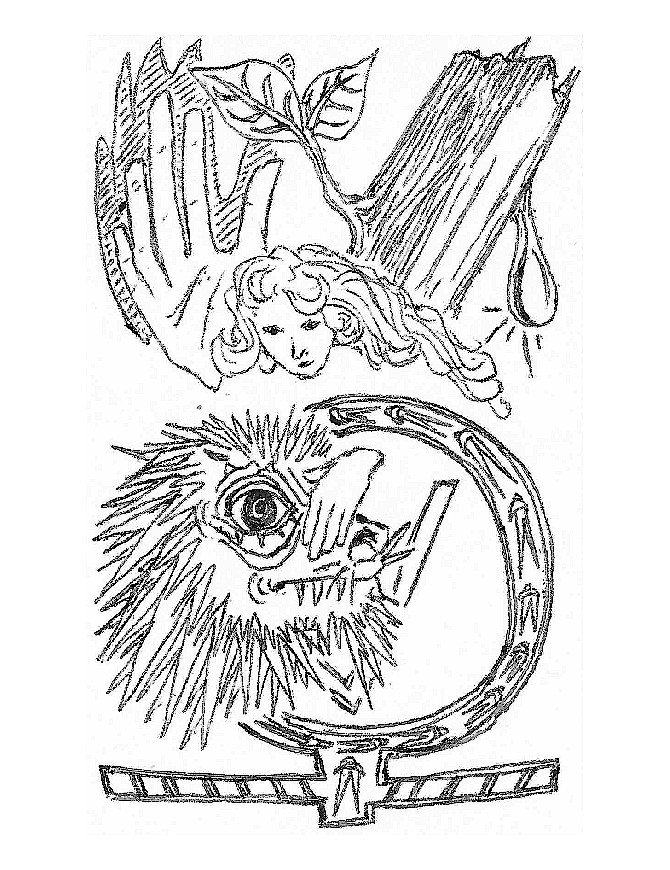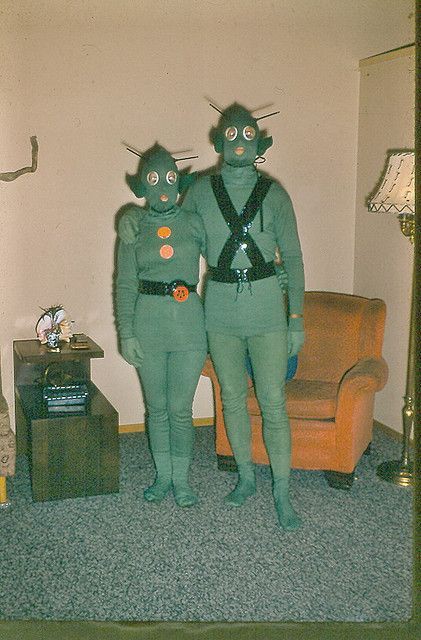Watch
Events
Articles
Market
More
Zechariah 12:2—3, “Behold, I will make Jerusalem a cup of drunkenness to all the surrounding peoples. Judah will be besieged, as well as Jerusalem. On that day, when all the nations of the earth gather against her, I will make Jerusalem a heavy stone for all the peoples; all who would heave it away will be severely injured.” What kind of event (still in our future) would cause all of the nations of the world to come against Israel only to be defeated? The answer will surprise most people.



From an OOM project.
Talk to me about people who make intriguing Strange things!
Every working day I create an OOM for the Strange things of our Maker.
ofourmaker.com
#dailycreatedoom 2023/09/14




These OOMlich costumes.
https://www.pinterest.com/pin/480759328983653873/
Tell me about a Strange thing that intrigues you!
Every working day I post an OOM for the Strange things of our Maker.
ofourmaker.com
#dailyoom




This video is commentary on Deuteronomy 29:9 to the end of Deuteronomy including why Christians should study the Torah portions once in a while. This is the last Torah portion for this year. I've also included files so you can have your own Torah studies in the coming years. This is something the early church did as recorded in Acts 15:21.
https://firstcenturychristiani....ty.net/torah-portion



GidgetsMom
Delete Comment
Are you sure that you want to delete this comment ?